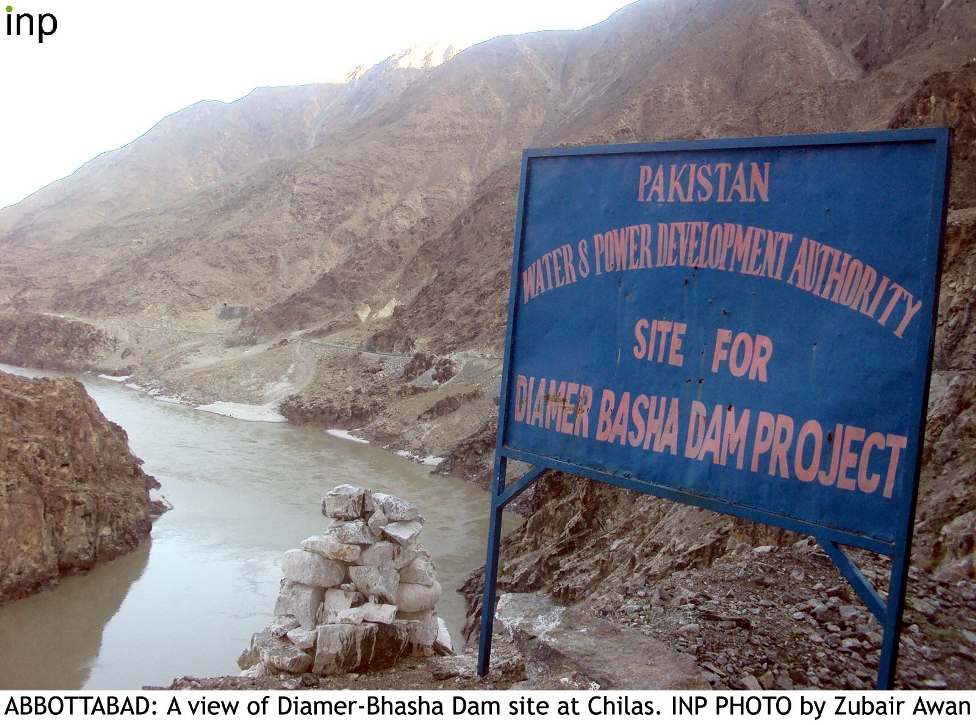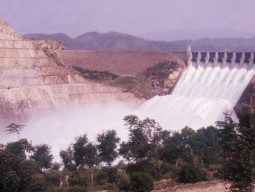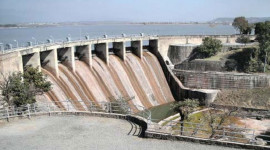
Considering the current government came to power on the back of promises to solve the power crisis that has gripped the country for the last many years, it has been laggardly in getting the Diamer-Bhasha Dam project to the starting line. The project has been dogged by innumerable difficulties from the outset, and although the federal government on March 2 finally approved Rs101 billion for land acquisition, we remain many years away from any watts coming down the wires. This will be the largest infrastructure project that Pakistan has undertaken since the construction of Tarbela Dam in 1974. This vast sum of money will be used — among other things — to relocate the 32 villages with a collective population of 25,000 people who have been demanding high rates of compensation for this unwanted intrusion into their lives. The money was approved on the application of the Water and Power Ministry to the Executive Committee of the National Economic Council — which had termed the sum “exorbitant” last October.

The Diamer-Bhasha Dam is vital to national development. Pakistan is woefully underpowered and successive governments have failed miserably to resolve the crisis. Delays to the Diamer-Bhasha project have inflated the costs and there remain considerable doubts regarding it in the minds of many. The sum now approved was originally given the go-ahead in 2008 — when it stood at Rs60 billion. Unfortunately, the then government had failed to secure the agreement of the local population, chronic mismanagement if ever there was.
Both the World Bank and the Asian Development Bank have declined funding, in part because the dam is sited on disputed territory and foreign investors are wary. Irregularities, mistakes and poor management aside, we wish this project well and hope that it now proceeds with all speed. It will be at least eight years before the 4,500-MW project begins to impact on our lives and the national economy. Wind and solar powered projects are forging ahead in Sindh and Punjab, but hydroelectric power is the cheapest way of generating electricity overall. Let us hope that our futures are better illuminated.
Published in The Express Tribune, March 4th, 2015.
Like Opinion & Editorial on Facebook, follow @ETOpEd on Twitter to receive all updates on all our daily pieces.




























































COMMENTS
Comments are moderated and generally will be posted if they are on-topic and not abusive.
For more information, please see our Comments FAQ